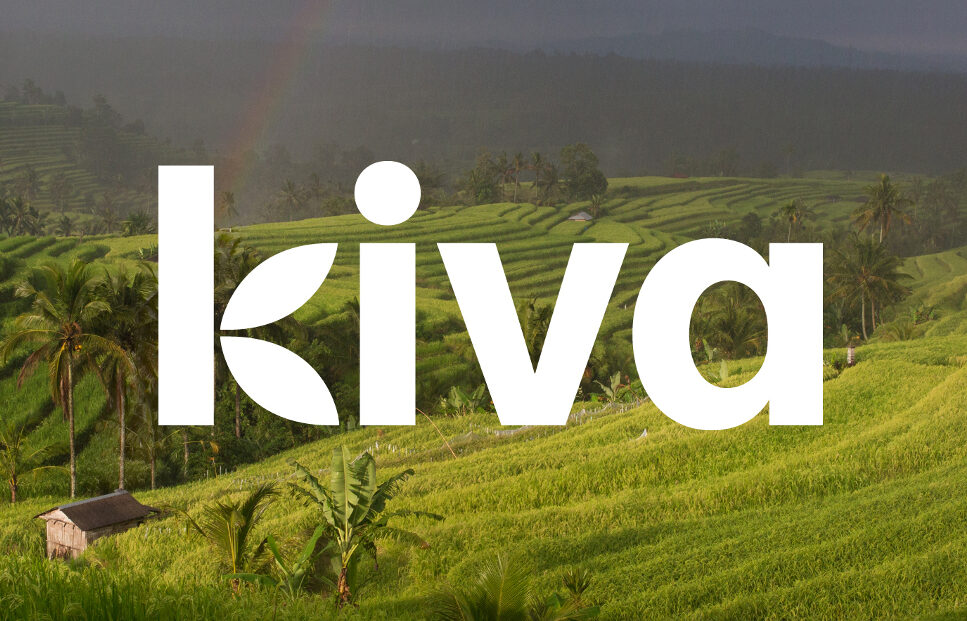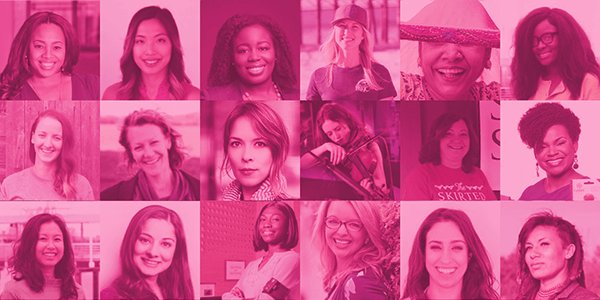Why Kiva May be a Solid Option for Startup Funding
June 10th 2020
While grants that you don’t have to pay back are certainly a preferred means of getting the money needed to start a business, securing a low interest loan is a potential Plan B. As long as the interest rate is reasonable and payment term longer than a couple of years, financing your business’ growth through a loan isn’t a bad strategy.
However, with banks becoming more stringent about qualification requirements, it’s becoming more difficult to be approved for a loan. You frequently need a combination of a solid credit score, low existing debt, and collateral to secure the loan in order to be approved. That’s often challenging for newer entrepreneurs.
Fortunately, non-bank lenders are often willing to work with startup businesses, to provide the capital needed to get started. One such lending platform is Kiva.org.
“When typical lenders will look at collateral, credit, and other sometimes prohibitive factors for early stage businesses or financially excluded business owners, Kiva sets its criteria to be as inclusive as possible, so more can get a foothold on what we call the ‘capital ladder,” says Katherine Lynch, senior manager, Kiva US. For example, 46 percent of Kiva borrowers have credits scores below 650.
Women Make Up the Majority of Borrowers at Kiva
In fact, women account for 68 percent of Kiva’s lending clients, with the average US loan size around $7,000. Of businesses funded, 29 percent are in the food industry, 28 percent are service businesses, and 18 percent are retail.
The most common uses of the funding are: purchasing equipment, inventory, and remodeling or expansion, Lynch says.
Kiva Loans
Kiva has two loan products: a crowdfunded microloan and a microlending tool used by economic development departments.
The crowdfunded microloan offers loans of $1,000 to $10,000, with 0 percent interest, and repayment terms of 12 to 42 months. Many borrowers frequently excluded from qualification at other lending programs are able to apply through Kiva.
However, in response to the coronavirus, Kiva now offers loans of up to $15,000, with repayment periods up to 36 months, but with a 6-month grace period before repayment starts.
It’s clear access to capital is needed now more than ever, as Kiva has seen the number of loan applications increase 800 percent between March and May 2020 during the pandemic. The average loan size has risen to $8,500 and the time required to fund them averages seven days.
Application Tips
As with many other lenders, Kiva wants to see the following basic information in loan applications:
- Where the borrower is from and where they live now
- Why they became an entrepreneur
- Their business’s mission
- A detailed loan use plan
Lynch offers another tip: provide great photos. “Lenders gravitate toward photos of business owners at work — in whatever way that means for that business — that clearly displays their face and their smile!”
Kiva lends business funds to women entrepreneurs around the world, providing much-needed capital to female entrepreneurs who might have few other options.
“Though Kiva’s US lending accounts for about 5 percent of the overall portfolio, borrowers do find that the international community is eager to support their loan. With fundraising times lasting about a 1-2 weeks and 150+ lenders per loan, borrowers often feel nervous at the start of the process (which is totally fair – crowdfunding is a vulnerable experience!), but supported and more connected by the end,” says Lynch.



















